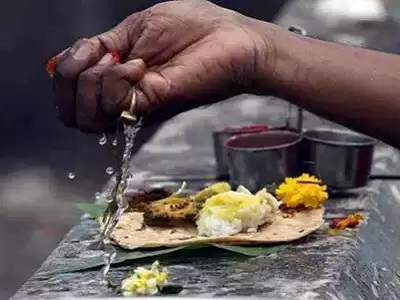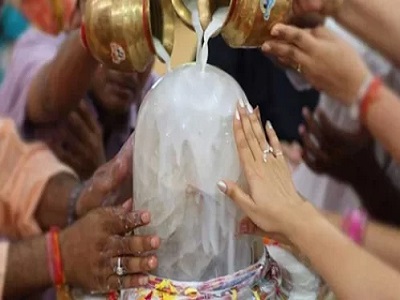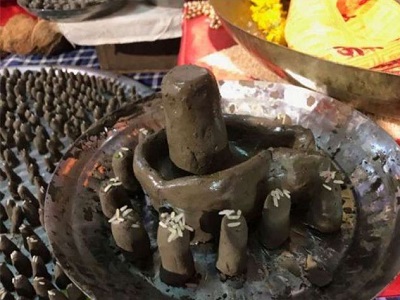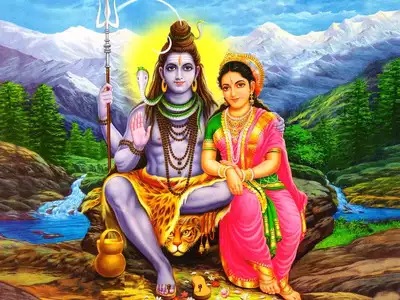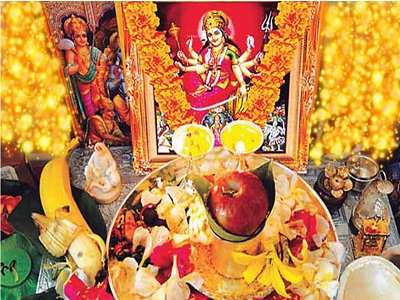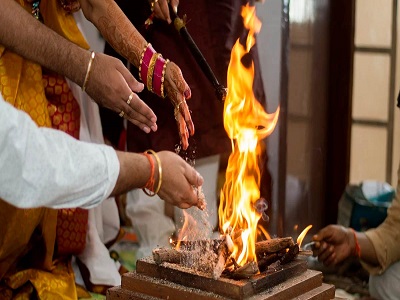When it comes to Hinduism, Shradh is an essential rite of passage. Atma shanti, or ancestor's redemption, is the goal of this Puja (paternal as well as maternal). In this way, we pay homage to our ancestors and show our gratitude and dedication t...
Yagya means what exactly? Pitra dosh simply indicates that the planets aren't in the appropriate location when a person is getting married. If a person is getting married on the ninth of the Sun and Rahu horoscope, it is understood that the Fathe...
Rudrabhishek Puja invokes Lord Shiva's most violent form, Lord Rudra. Perform this puja to erase and conquer all impediments in one's life. In Rameshwaram, Lord Ram performed Rudrabhishek to solicit the blessings of Lord Shiva before going to...
A Shivling or a Shiva Lingam has been venerated by Hindus for millennia as a manifestation of Lord Shiva since it is the deity's preference. Lord Shiva's tremendous energy vibrations may be discovered in the Shivling, which can be found in al...
Pious Pujas, such as the Pradosh Vrat and Katha, are performed in honour of the god Shiva. The early evening or evening tide's twilight is referred to as Pradosh in the language. Each fortnight, on the 13th day, people conduct Pradosh Vrat Katha ...
Hindus celebrate Navratri, a nine-night celebration, in the fall every year. Ghatasthapana is an important Navratri rite. A nine-day celebration begins today. Throughout India's eastern and northeastern regions, the Durga Puja (Navratri) is a cel...
Purification and heavenly blessings are sought via Hinduism by worshipping and executing fire puja rituals to satisfy the gods appropriate to a person's situation. Two instances of these rituals are Pujas and Havan: Havan and Puja conducted by Pa...

